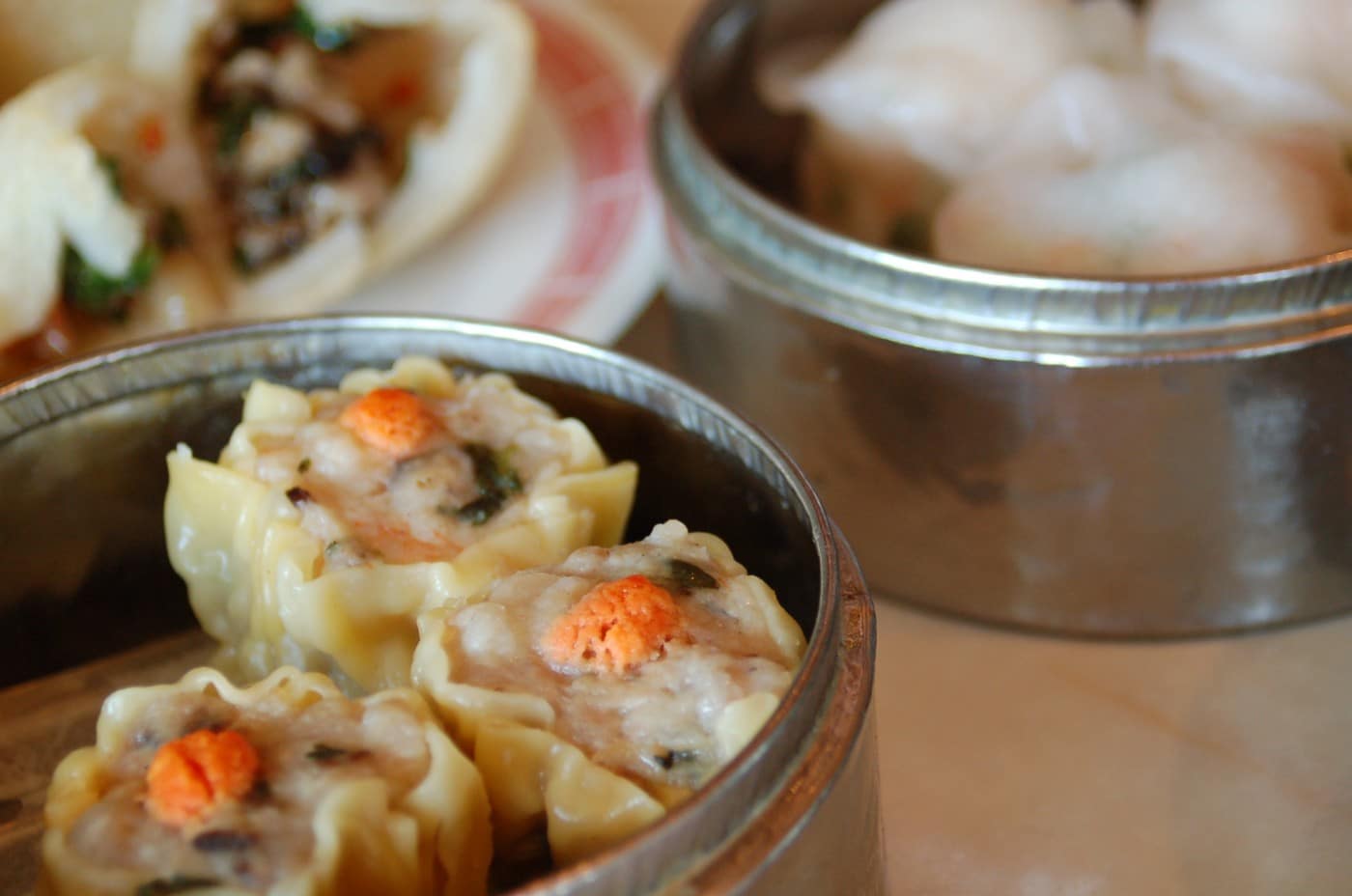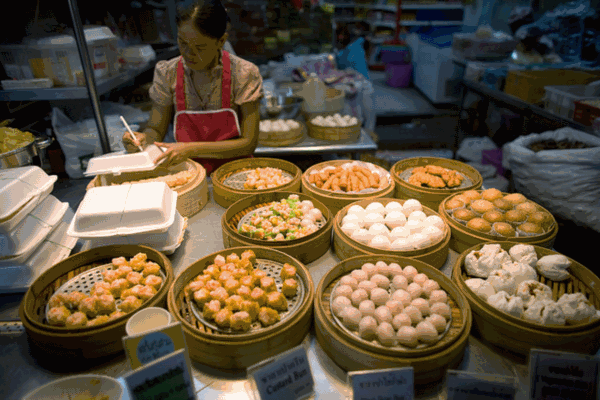
In Hong Kong, two friends often greet each other by asking “Nei sihk mh sihk faahn ar?” Roughly translated, this means “Have you eaten yet?” a common greeting that eschews the more traditional, “How are you?”
This simple phrase reveals volumes about Hong Kong’s character. In a city with restaurants stacked one on top of another in endless skyscrapers around every corner (reportedly more per capita than anywhere else), it’s no surprise that two friends greet each other and divert to food. After all, shopping – Hong Kong’s ‘hobby’ – is surpassed only by the Hong Konger’s love for dining out.
Cantonese food is wide and varied, from the seafood restaurants to the street stalls and ‘cha-chaan tengs’ (eateries) that have mixed foreign influences with more traditional recipes. But dim sum is the quintessential Cantonese food. Consumed in the morning, dim sum are little bite-sized pocketed dumplings, often served in pairs, threes, or fours, in steam baskets. Traditionally eaten during the day (from breakfast, brunch, lunch and even with an early tea), dim sum is as popular for large family gatherings, with its spread of various dishes ideal for sharing, as it is for a romantic date, with the little morsels delighting the senses.
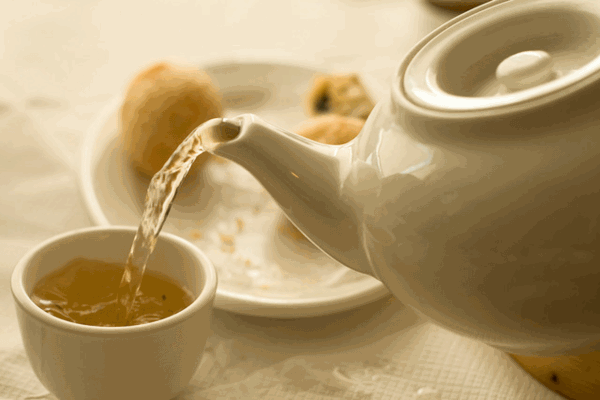
Dim sum is often consumed with healthy helpings of Chinese tea, thus giving rise to the informal expression, “Ngoh de heui mh heui yum cha?” which literally translates as “Shall we go have tea?”
With Cantonese food at the heart of its cuisine, there is a dim sum place for everyone in Hong Kong. Here is a short list of five of my favorites.
The Traditional
Lin Heung Tea House
160-164 Wellington Street, Central
T: +852 2544 4556
As one of Hong Kong’s oldest surviving dim sum joints, Lin Heung Tea House is a restaurant locked in time. But unlike a stereotypical caricature that might appear lost in time, Lin Heung is not a place where time is waiting for you. The restaurant, despite its traditional ways, is alive with a frenetic buzz as patrons shout, scream and even tussle for food. The crowd is older for the most part, but not laid-back. While it is a far cry from the modern concept of a relaxing sit-down meal, the traditional methods at work only add to the ambience of the place, and are further accentuated by its food, reminiscent of a home-made meal prepared by your grandmother. The only difference is, if you wait for time at Lin Heung, you WILL go hungry!
Who should go here?
Those looking for the authentic experience.
Whom should you bring?
A friend or two, preferably Cantonese speaking ones! If you can’t speak Cantonese at Lin Heung, you will struggle unless your charades skills are perfected.
What’s the one dish you should order?
Glutinous rice dumplings combine texture with a complex array of tastes.
How much?
Approximately HK$100 (US$13) per person.
The Luxe
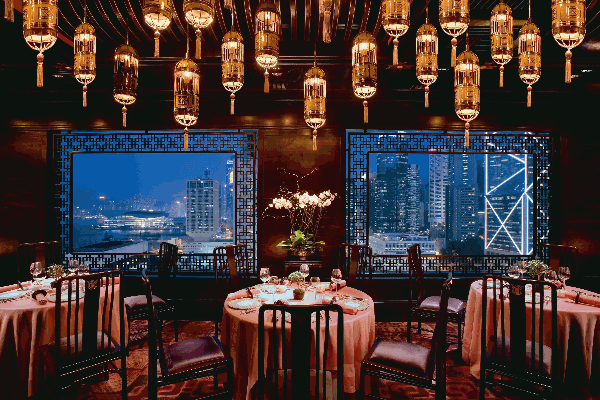
Man Wah
25/F, Mandarin Oriental Hong Kong, 5 Connaught Road Central, Central
T: +852 2825 4003
W: www.mandarinoriental.com/hongkong/fine-dining/man-wah
Housed in the iconic Mandarin Oriental Hotel, this restaurant’s decadent interior of rosewood, silk and red velvet overlooks the city. The food is delicately prepared and served, and focuses heavily on the ingredients used and style of presentation, befitting a gourmet dining experience. The emphasis on fresh ingredients is abundant in the fragrant food as the servers introduce the steamed dishes one by one. Despite recently receiving just one Michelin star, Man Wah has held legendary status in the city since it opened.
Who should go here?
Those looking to impress.
Whom should you bring?
A special someone, a date, or a party to celebrate closing a deal.
What’s the one dish you should order?
Taro nest basket with abalone. While adventurous for a first attempt at dim sum, this is Man Wah’s signature dish and abalone is a prized Cantonese delicacy.
How much?
Approximately HK$500 (US$65) per person.
The Tourist Hotspot
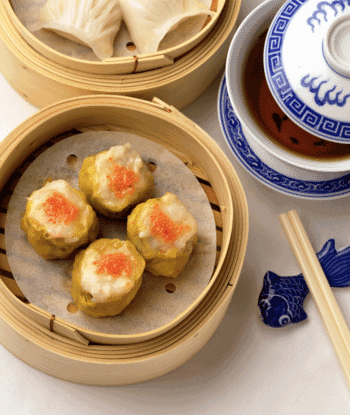
Maxim’s Palace Central
2/F, Low Block, City Hall, Central
T: +852 2521 1303
Maxim’s Palace Central represents dim sum at its peak. Unlike restaurants where orders are made by the modern method of relaying your preferences to a server, orders at Maxim’s Palace Central are still made in the traditional Cantonese form – by picking your hot (or cold) favorites from several trolleys rolling around the 500+ seat restaurant. The trolley-ladies each sell different forms or varieties of dim sum, and make their commission (or tip) based on how much and how quickly they sell out their items. The advantage of this is certainly to the consumer, especially the dim sum virgin, who gets to see exactly what he or she is ordering. If you can’t see what you want on the trolleys, you can always order a-la-carte. Highly recommended by several guidebooks thanks to its central location, the restaurant is teeming with tourists and locals alike. But show up early (around 11.30 AM) on Sundays if you fancy eating, or you could be looking at a 2-hour long queue.
Who should go here?
The uninitiated looking to experience dim sum for the first time.
Whom should you bring?
Perfect for family or friendly gatherings.
What’s the one dish you should order?
Steamed prawn dumplings with minced pork (ha gao) are the litmus test of any restaurant. And very few do them better than Maxim’s Palace Central.
How much?
Approximately HK$200 (US$25) per person.
The Three-Star Experience
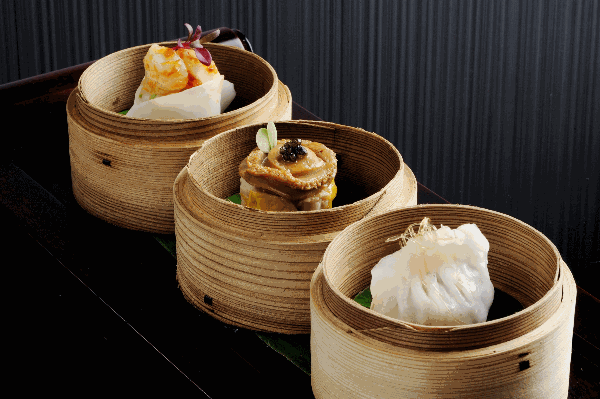
Lung King Heen
Podium 4, Four Seasons Hotel Hong Kong, 8 Finance Street, Central
T: +852 3196 8888
W: www.fourseasons.com/hongkong/dining/restaurants/lung_king_heen
The Four Seasons Hong Kong is the only hotel in the world with more than one restaurant boasting an esteemed 3 star Michelin rating (it has two). And with Lung King Heen, the world’s first Chinese restaurant to be awarded three stars, it excels in every way. Of special note is Chef Chan’s homemade X.O. sauce (spicy seafood sauce), a major component of Chinese cooking. While many restaurants use branded X.O. sauce, Chef Chan creates his own (but obviously refuses to divulge the recipe) and ensures us that this makes all the difference.
Who should go here?
Those looking to splurge as well as treat the senses.
Whom should you bring?
VSP or family.
What’s the one dish you should order?
The steamed lobster and scallop dumplings are a sensory feast for the eyes, nose and tongue.
How much?
Approximately HK$400 (US$50) per person.
The bargain
Tim Ho Wan
Flat 8, G/F, Phase 2, Tsui Yuen Mansion, 2-20 Kwong Wah Street, Mong Kok
T: 2332 2896
Tim Ho Wan’s beginnings were not humble. Started by former Lung King Heen chef Mak Kwai-pui, the original branch opened in Mong Kok to great expectations. But Tim Ho Wan looked to serve top-notch food without all the fuss and frills associated with it– and in a simple environment. Despite several branches opening throughout the city due to its popularity, diners swear by the original in Mong Kok. And while the other branches may be easier to find, this popular and slightly off the beaten path eatery (at least for tourists but a cultural melting point for locals) is where the action is. Tim Ho Wan does it simple, but does it well with all the classic Cantonese dishes – steamed prawn dumplings with minced pork (ha gao), steamed rice rolls (cheung fan) and deep baked barbecued pork buns (kao char siu bao). Tim Ho Wan also has the distinction of being the cheapest Michelin-starred restaurant in the world, with most dim sum dishes costing between HK$10 (US$1.20) and HK$20 (US$2.50).
Who should go here?
Those looking to sample the very best of the staples of Cantonese dim sum.
Whom should you bring?
Friends are perfect for a lunch at Tim Ho Wan.
What’s the one dish you should order?
Baked barbecued pork buns with a crispy and flaky skin but meaty interior will almost melt in your mouth.
How much?
Approximately HK$100 per person (US$13).
*From the editors at TravelSquire.com
Be sure to check-out the Hong Kong Tourism Board’s Facebook page to find out more about delicious dim sum and the sumptuous food Hong Kong has to offer: http://www.facebook.com/DiscoverHongKong

